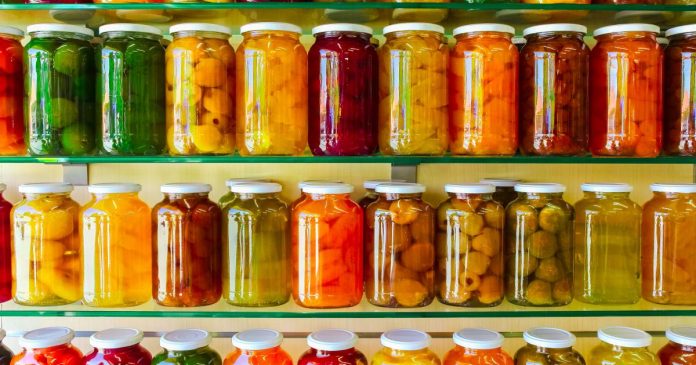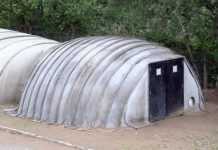Most of us have learned that food at home is worth less than 3 days for the average American. That means that if supply lines are interrupted, we’re just 72 hours away from a food riot. Even if you don’t have the money on hand to invest in food storage to form the base of your survival meals, there are some foods you can always keep on hand.
1. Baby Formula
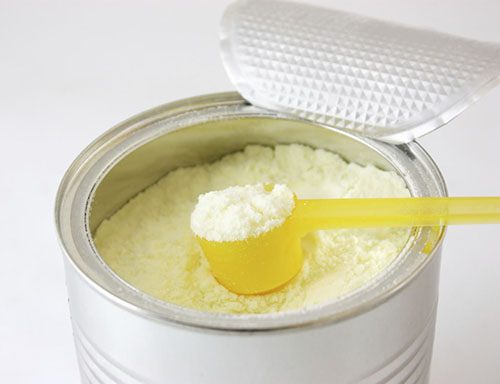

Really? Even if you have no babies?! Yes!
Baby formula is designed to be everything a body requires to live. Infants survive on formula exclusively. No water. No solid food. And nothing else.
The powdered formula for infants tastes even better than powdered milk, and it’s better for you. Dried and sealed, it lasts for years.
In addition, if you intend to live for the long run, you never know when there will be a kid who needs to be cared for. While breastfeeding is a straightforward solution, there are several explanations why this may not be feasible.
Make sure you use sterile or sterilized water to reconstitute it if you are storing formula powder.
Consider protein powder if you’re adamantly against baby formula for any cause. It will not help you feed babies, but when it comes to feeding adults and older children, it is nearly as flexible.
Related: 30 Survival Items To Get In The First 30 Days Of Prepping
2. White Flour
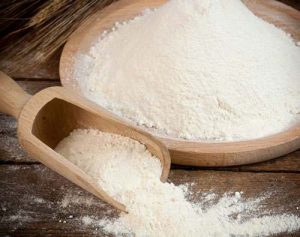

White flour, which has a surprising amount of protein, lasts for a year. While people living on a mainly white flour diet have traditionally had trouble with nutritional deficiencies, modern flour has added vitamins and minerals to it.
All you need is white flour, water and salt to make good bread using wild yeast, with a little knowledge of how.
3. Coconut Oil
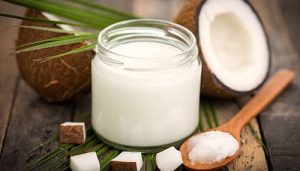

A ready source of fat can go a long way, along with white flour, to raise moods and fill stomachs. Coconut oil has a long shelf life, and it should be good as the day it was purchased for 2 years as claimed by manufacturers. Practically speaking, it’s healthy for far longer than that, and if you eat a 5-year-old coconut oil that has been properly processed, you probably won’t notice a difference.
Coconut oil has the added advantage, unlike many other forms of oil, that it’s delicious even if you don’t have cooking facilities. Mash in a bit of sugar and coconut powder, and you’ve got coconut oil truffles for food comfort and a ready energy source, no cooking required.
4. Salt


Salt is also touted as a survival food, but you don’t really need to consume a lot of salt to survive. Quite small doses will keep you healthy, and from our modern salt-heavy diet, you will need to learn to adapt.
Food preservation is the true reason for maintaining salt. Salt is the only thing you need to prevent it from spoiling if you happen to be lucky enough to obtain fresh meat. Charcuterie is the art of preserving and transforming any aspect of the animal into something amazing in the process, with nothing more than salt and technique.
Learning the basics of preserving meat without refrigeration may mean the difference between surviving and thriving until you find yourself in a survival situation.
Pinch the meat and coat it with salt. A great deal of salt. Completely cover it and keep it covered. It may not be entirely the same as prosciutto, but it will not be spoiled.
Related: Many Uses of Salt (Besides Putting It in Your Food)
5. Home-Canned Fruits, Vegetables & Meats
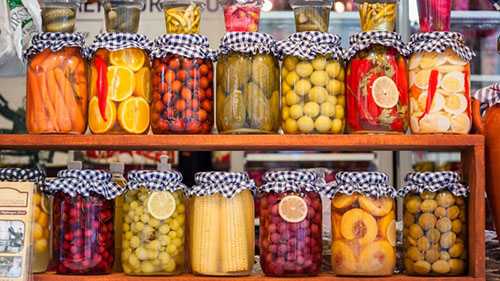

You’ll notice I say “home canned” rather than purchased. Why?
And if you open a can of home-made canned hamburger, pasta sauce, or potato, you still have something really precious: a canning jar.
Beyond that, if you canned them yourself, you still have the experience to do it again. The store purchased canned food will get you through the short-term emergency, but you will be carried through the long haul by the experience and equipment to refill those cans.
My personal choice would be dried fruit and meat if you’re going to spend money buying food. Dried fruits and meats are light and compact, and it is much more versatile to store water and dried fruit than a store of canned food.
In addition, canned foods will freeze and blow up their seals in a cold environment unless the climate of the storage room is controlled. I would rather concentrate on keeping my family warm than have to think at the same time about keeping the food at a good temperature.
Canned food, since it’s instant, is useful in certain cases. With no preparation, you can open a can and eat it as it is. Having canned food around is worth the comfort alone. But if I’m going to store canned food, for the best use of my dollar, it’s canned food that I’ve put up for myself at little expense.
6. Dried Fruits and Meat
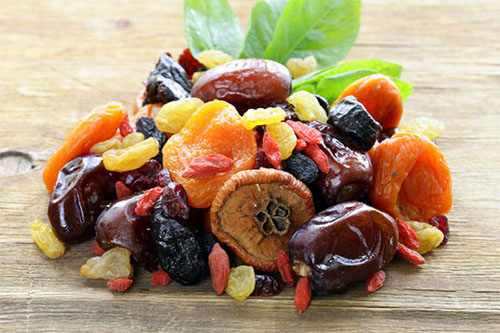

Dried fruits and meat are, as I said, versatile. If you have cooking facilities, they can be eaten out of hand or boiled along with other foods in a stew. In an emergency, they are light and travel well.
In particular, dried fruits can help to keep your digestive system stable in a crisis. If your diet is nothing more than white flour and emergency survival food, it will make you much happier and healthier to have raisins or prunes around to keep things moving along.
Related: 7 Super Cheap Foods To Stockpile That People Usually Throw Away
7. Peanut Butter
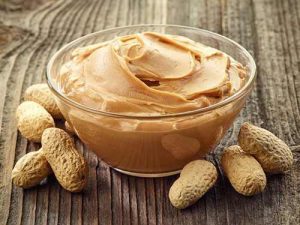

Peanut butter is not only a comfort food, it is also full of healthy fats and protein that will keep you happy long after a meal. For a fast energy boost, it can be eaten straight out of the container, and completely sealed containers last on the shelf for years.
8. Vitamins
Nutritional deficiencies can ruin your health. Our ancestors had to deal with not only feeding themselves in lean times, but maintaining an adequately healthy diet to escape crippling deficiencies.


Nutritional gaps can be balanced by a single cheap bottle of multi-vitamins and allow you to concentrate on calories rather than vitamin content. Most vitamin brands have much more than the recommended daily amount of most of the main vitamins, so even a single vitamin per person per week will boost their health dramatically.
9. Granola
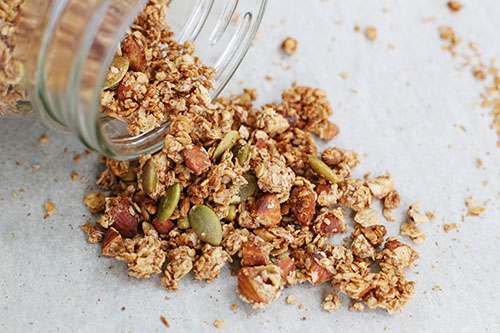

A lot of shelf-stable snack foods are available. Why go for granola?
It is high in calories, with around 700 calories per cup, and it’s nutritionally balanced at the same time. The mixture of whole grains, sugars and nuts ensures that granola is a full meal that can be consumed when on the run.
It also has a long shelf life, and it’s light and compact.
10. Dry Beans & Rice
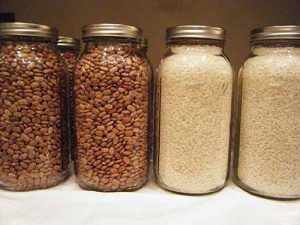

Because you should always keep both beans AND rice, I call this a single item. They shape a complete protein together and the contents of a 5 gallon food storage bucket will feed you for a month for about $20. Assuming you have the fuel to cook, there is no better way than a balance of beans and rice to store calories and nutrients.
Related: 50 Days of ‘Survival’ Calories with Rice and Beans
11. Sugar
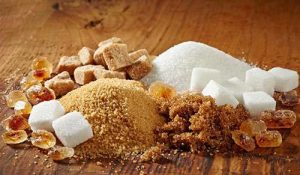

Sugar is inexpensive and readily accessible, with a grocery store just around the corner. For now. Sugar is an excellent source of energy in an emergency, and it would be scarce without global trade.
In food preservation, sugar may also be used, which will increase your choices for foraging.



